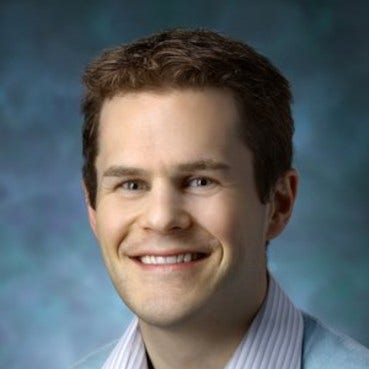- English
- Esta página
- Página inicial
- Arabic (اللغة العربية)
- Chinese (简体中文)
- French (Français)
- Haitian Creole (Kreyòl Ayisyen)
- Hindi (जानकारी)
- Korean (한국어)
- Polish (język polski)
- Portuguese (Português)
- Russian (Русский)
- Spanish (Español)
- Tagalog (Tagalog)
- Ukrainian (Українська)
- Vietnamese (Tiếng Việt)
- All Languages
Español
PDFs by language
Our 24/7 cancer helpline provides information and answers for people dealing with cancer. We can connect you with trained cancer information specialists who will answer questions about a cancer diagnosis and provide guidance and a compassionate ear.
![]()
Chat live online
Select the Live Chat button at the bottom of the page
Our highly trained specialists are available 24/7 via phone and on weekdays can assist through video calls and online chat. We connect patients, caregivers, and family members with essential services and resources at every step of their cancer journey. Ask us how you can get involved and support the fight against cancer. Some of the topics we can assist with include:
- Referrals to patient-related programs or resources
- Donations, website, or event-related assistance
- Tobacco-related topics
- Volunteer opportunities
- Cancer Information
For medical questions, we encourage you to review our information with your doctor.
Future Treatments May Attack Cell Division “Machinery”
An experimental drug stops breast cancer cells by affecting two structures involved in accurate cell division—centrioles and centrosomes.
Grantee: Andrew Holland, PhD
Institution: Johns Hopkins University School of Medicine
Area of Focus: Cancer Cell Growth Control
Grant Term: 1/1/2017-6/31/21
The Holland lab discovered a line of human breast cancer cells that rely on cell structures called centrioles to divide and survive. Centrioles act as the structural core of centrosomes, which have a key role in controlling the accuracy of cell division.

Holland’s team found that these breast cancer cells had high levels of the protein TRIM37, which has been shown to control centrosomes. In this study, Holland used an experimental drug called a PLK4 inhibitor that disrupts proteins that make centrioles. He added the drug to lab-grown breast cancer cells with high TRIM37 levels and found the cells could no longer divide, and most stopped growing or died.
Now Holland’s lab is looking for other, more stable drugs similar to the PLK4 inhibitor and looking to identify more human cancer cell lines that are sensitive to these inhibitors.
The Challenge: Cells aren’t meant to live forever. They die and are replaced by new ones through a process of cell division (known as either mitosis or meiosis depending on the type of cell that’s dividing). When a cell divides, or splits, to form two new “daughter” cells, it must first make an exact copy of its chromosomes so the daughter cells can function in the same way as their parent cell. Chromosomes within a cell contain DNA and other proteins that provide instructions for the cell and keep the cell’s genome stable.
But when errors occur in the distribution of chromosomes during mitosis, it leads to the daughter cells having defects. These defects are genetic changes that lead to unstable or abnormal characteristics that could later contribute to the development of diseases, including cancer. This “genomic instability” is what characterizes a cell as a cancer cell.
Having a better understanding of what drives genomic instability may allow researchers to target these defects to treat cancer.
The Research: Andrew Holland, PhD, and his lab team study the mechanisms that control the accurate distribution of chromosomes during cell division as well as how any errors lead to the development of cancer. They’re particularly interested in the role of centrosomes—a type of cellular structure that has an organizing role in cell division.
Centrosomes form and organize the spindle apparatus that assures chromosomes properly segregate after they’ve been copied, before the cells divide. It’s known that a wide array of tumor types have extra copies of centrosomes, which can lead to defects that include incorrect segregation of chromosomes, chromosomal rearrangements, or chromosomal breakages.
To better understand the actions that lead to such genomic instability and with grant support from the American Cancer Society, Holland’s team studied human breast cancer cells. They used cells from a breast cancer cell line called MCF-7, which are easily grown in the lab and that have errors in a specific region of chromosome 17. This region encodes the gene TRIM32, which is involved in normal centrosome function.
Through a series of experiments in a lab, Holland’s team identified how the TRIM32 gene contributes to an unstable genome that can trigger the development of certain breast cancers. This new knowledge suggests multiple, potential new targets—including aspects of centrosomes—for anticancer drugs.
Why Does It Matter? The same region of chromosome 17 that Holland studies is damaged in about 9% of all primary breast cancers. Holland’s molecular discovery paves the way for further research that can lead to new targeted therapies that may stop or prevent some types of breast cancer or other tumor types with the same genetic defect.


